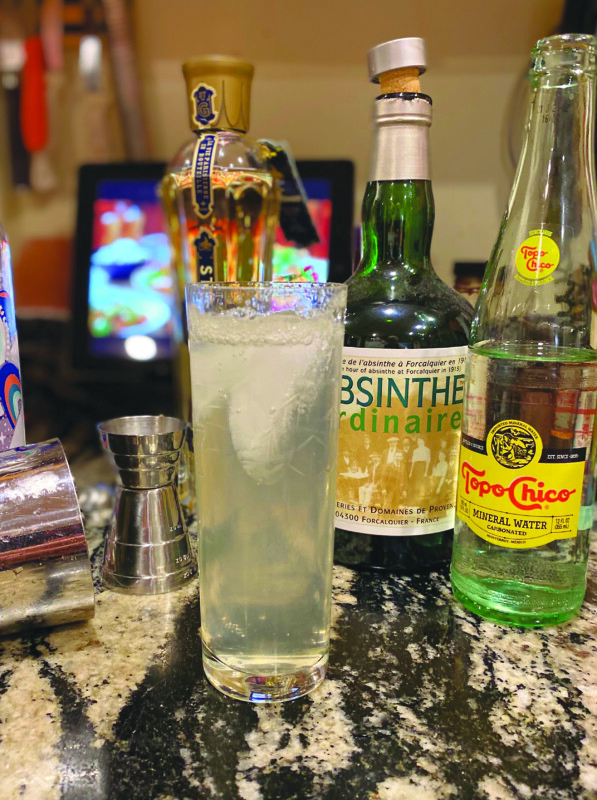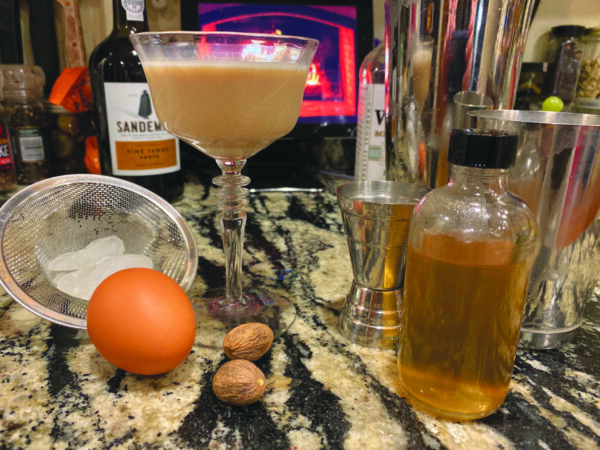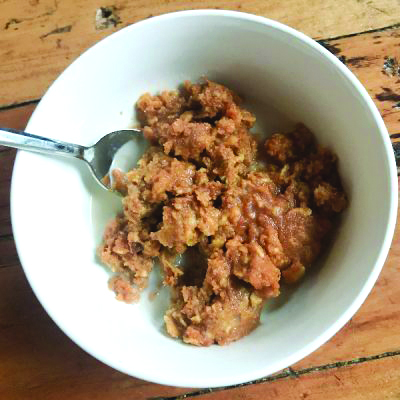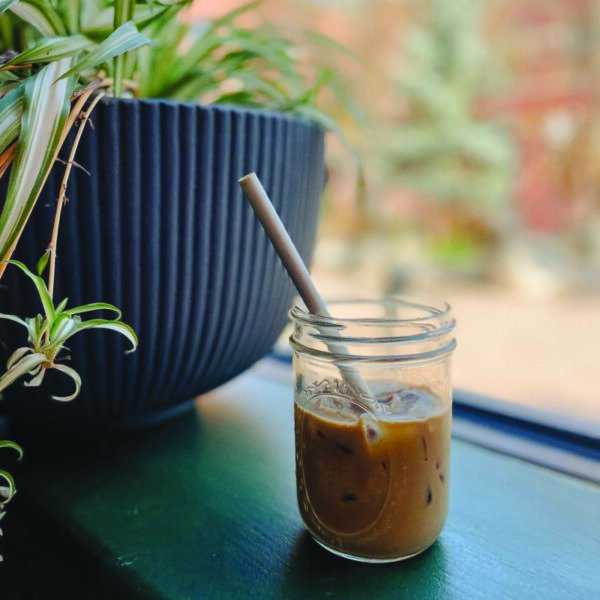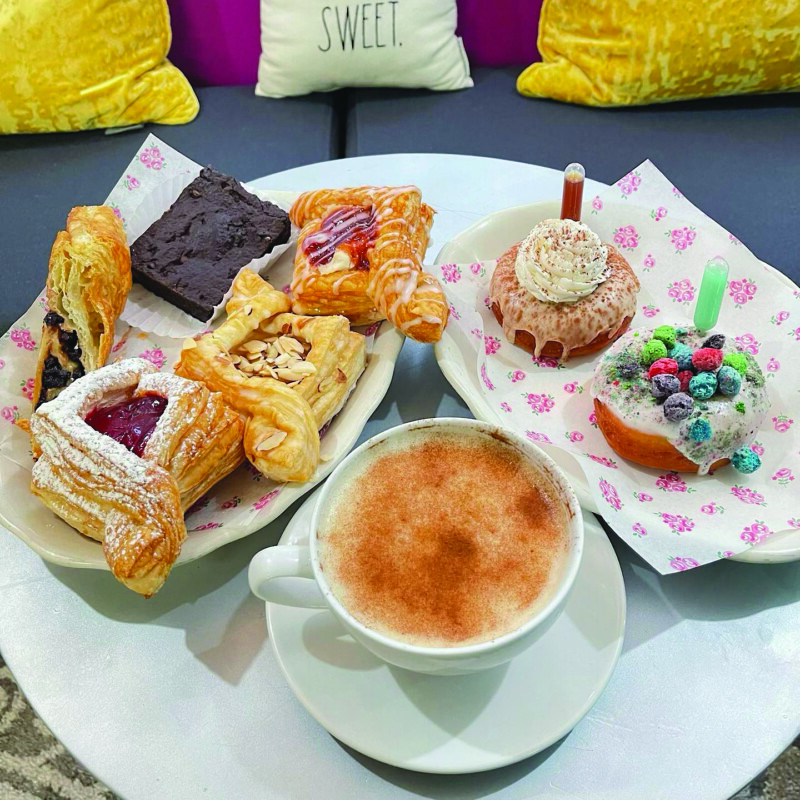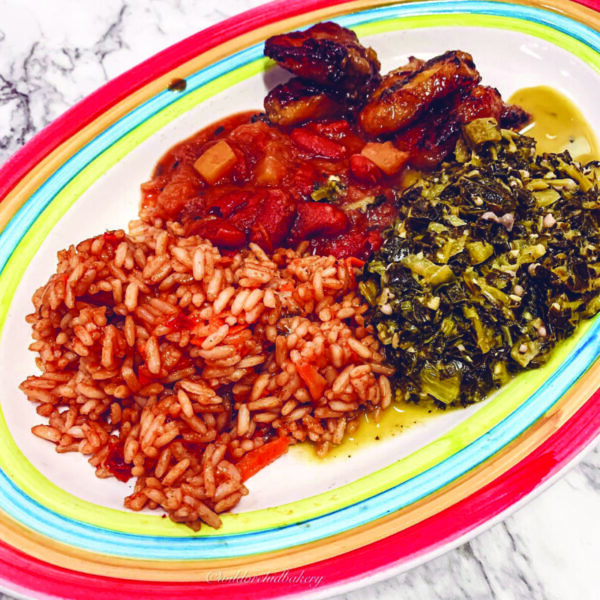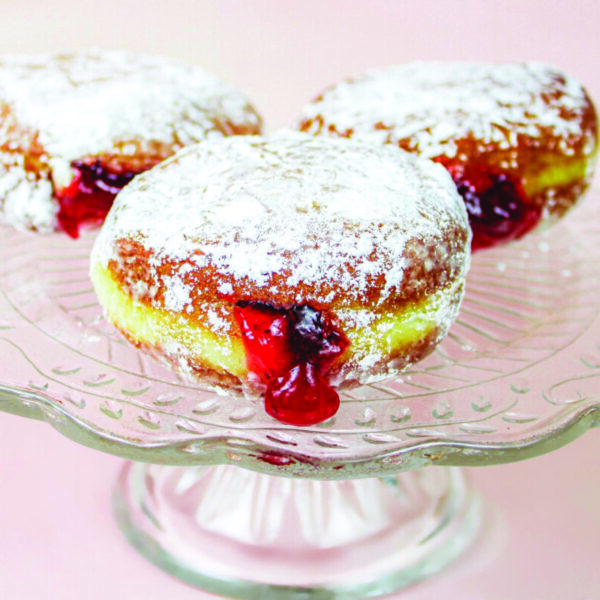Wine to serve, gift and save
The holiday season is upon us, a time to gather with family and friends around a tree with a dinner table laden with a lavish assortment of food and special wines.
I have selected three wines to give, receive and possibly store for the future. These wines are more than appropriate for the hearty fare, the endless buffets, the snowy evenings. A gift of one, or all, of these wines to someone special to you not only enforces your love and caring for them, but also exhibits your exceptional knowledge and taste in wine.
If you are lucky enough to receive one, or all, of these wines and are not ready to open them on the spot, what do you do with them? Long after you have drafted your last thank-you note, you may have one or several of these superb wines nearby, and you may be wondering, “How do I store these for the short, or perhaps long, period of time before I open the sangiovese for a rich Italian meal of pasta in a red meat sauce, or the red Bordeaux alongside a roast duck, or the ‘Cadillac’ Napa Valley cabernet sauvignon accompanying a thick grilled steak with bearnaise sauce?”
First, even though the New Hampshire State Liquor & Wine Outlets have their retail inventory standing up, do not store your wine standing up! Exception: Fortified wines like ports and sherries can and should be stored standing up. The corks in wine bottles need to be kept wet. Second, find a location in your house or apartment that is dark and has a comfortable to cool temperature, without drastic swings. If you have a basement (or a part of it) that can maintain 55 degrees and 60 percent humidity, take advantage of it. That is the ideal temperature and humidity for the long storage of reds that age well. You will likely not keep your wines for decades, so the perfect temperature and humidity is not a requirement; however, the control of humidity is important, and if it falls below 50 percent corks tend to dry out. When you open a bottle of red and the wine has begun to creep up the sides of the cork, it may be likely due to storage in an environment of low humidity.
Our first holiday gift wine, the 2013 Petroni Estate Sangiovese Poggio Alla Pietra (originally priced at $74.99 at New Hampshire Liquor & Wine Outlets, reduced to $32.99), hails from the Moon Mountain District of Sonoma County. Grown throughout Italy, this grape is well suited to the steep and arid soils of the south-facing Petroni Vineyards. This wine is made in the style of brunello, the coveted wine of Tuscany. With a deep red color and notes of red cherries, along with some leather from the barrel aging in new French oak, this is an ideal wine to pair with a rich red pasta dish or game, like venison. This wine needs to be decanted or opened at least an hour before serving.
Our second wine, the 2016 Château La Gorre Cru Bourgeois Médoc (available at the New Hampshire Liquor & Wine Outlets, originally priced at $49.99, reduced to $23.99), hails from where else but Bordeaux, France. It is a classic blend of 60 percent merlot, 35 percent cabernet sauvignon and 5 percent petit verdot. This is an outstanding value, as similar wines cost upwards of $50 a bottle. With a deep ruby color and silky notes of cassis, blackberry and plum joined by the oak from barrel aging, this is an ideal wine to pair with beef or to accompany a roast leg of lamb or casserole after decanting.
Our third wine brings us back to the Napa Valley of California. The 2015 Stewart Napa Valley Cabernet Sauvignon (available at the New Hampshire Liquor & Wine Outlets, originally priced at $69.99, reduced to $34.99) has deep red-purple color. I call this wine a “100 percent Cadillac Cab” as it has a thick, fruity mouthfeel. It is rich in black currants and blackberries to the nose and taste, and has medium tannins, perfect for that porterhouse steak!
These are impressive wines with subtle but distinctive differences, one to the other, to pass on to a good friend or family member, or to simply treat yourself, purchase and store for a couple of years to enjoy at future holiday seasons.
Featured photo: Courtesy photo.


